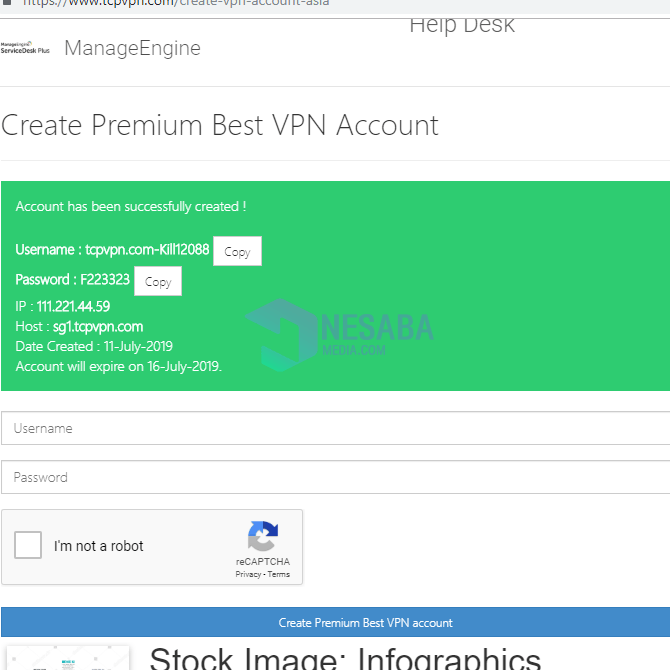

- #Cara membuat config vpn plus user pass how to#
- #Cara membuat config vpn plus user pass install#
- #Cara membuat config vpn plus user pass password#
Once you have populated the vars file you can proceed with creating the PKI directory.

To make the switch from asymmetric to symmetric encryption, the OpenVPN server and client will use the Elliptic Curve Diffie-Hellman (ECDH) algorithm to agree on a shared secret key as quickly as possible. There is much less computational overhead with symmetric encryption compared to asymmetric: the numbers that are used are much smaller, and modern CPUs integrate instructions to perform optimized symmetric encryption operations. However, when transmitting encrypted VPN traffic, the server and clients use symmetric encryption, which is also known as shared key encryption. Once the file is opened, paste in the following two lines:īackground: When clients connect to OpenVPN, they use asymmetric encryption (also known as public/private key) to perform a TLS handshake. First you will cd into the easy-rsa directory, then you will create and edit the vars file using nano or your preferred text editor. To build a PKI directory on your OpenVPN server, you’ll need to populate a file called vars with some default values. You will use this directory to manage the server and clients’ certificate requests instead of making them directly on your CA server. Step 2 - Creating a PKI for OpenVPNīefore you can create your OpenVPN server’s private key and certificate, you need to create a local Public Key Infrastructure directory on your OpenVPN server. Once these programs are installed and have been moved to the right locations on your system, the next step is to create a Public Key Infrastructure (PKI) on the OpenVPN server so that you can request and manage TLS certificates for clients and other servers that will connect to your VPN. As a result, any updates to the easy-rsa package will be automatically reflected in your PKI’s scripts.įinally, ensure the directory’s owner is your non-root sudo user and restrict access to that user using chmod: Note: While other guides might instruct you to copy the easy-rsa package files into your PKI directory, this tutorial adopts a symlink approach.

#Cara membuat config vpn plus user pass install#
To start off, update your OpenVPN Server’s package index and install OpenVPN and Easy-RSA. Easy-RSA is a public key infrastructure (PKI) management tool that you will use on the OpenVPN Server to generate a certificate request that you will then verify and sign on the CA Server. The first step in this tutorial is to install OpenVPN and Easy-RSA.
#Cara membuat config vpn plus user pass how to#
See How to Set Up SSH Keys on Ubuntu 20.04 for instructions on how to perform either of these solutions. Alternatively, you could generate an SSH keypair for each server, then add the OpenVPN Server’s public SSH key to the CA machine’s authorized_keys file and vice versa.
#Cara membuat config vpn plus user pass password#
To resolve this issue, you could re-enable password authentication on each server. Note: Please note that if you disable password authentication while configuring these servers, you may run into difficulties when transferring files between them later on in this guide.


 0 kommentar(er)
0 kommentar(er)
